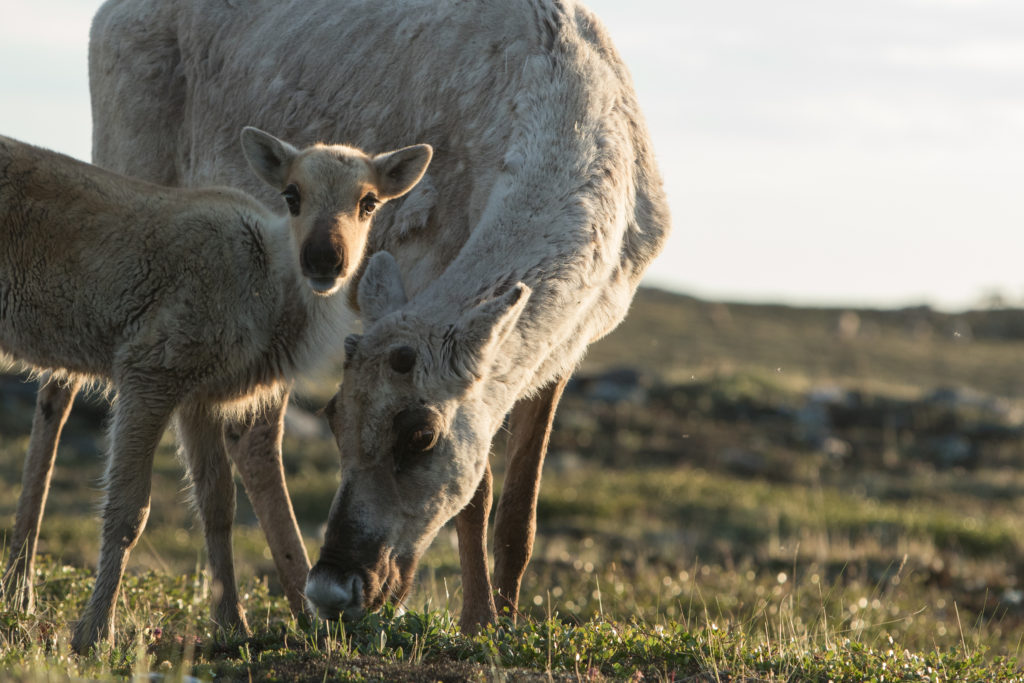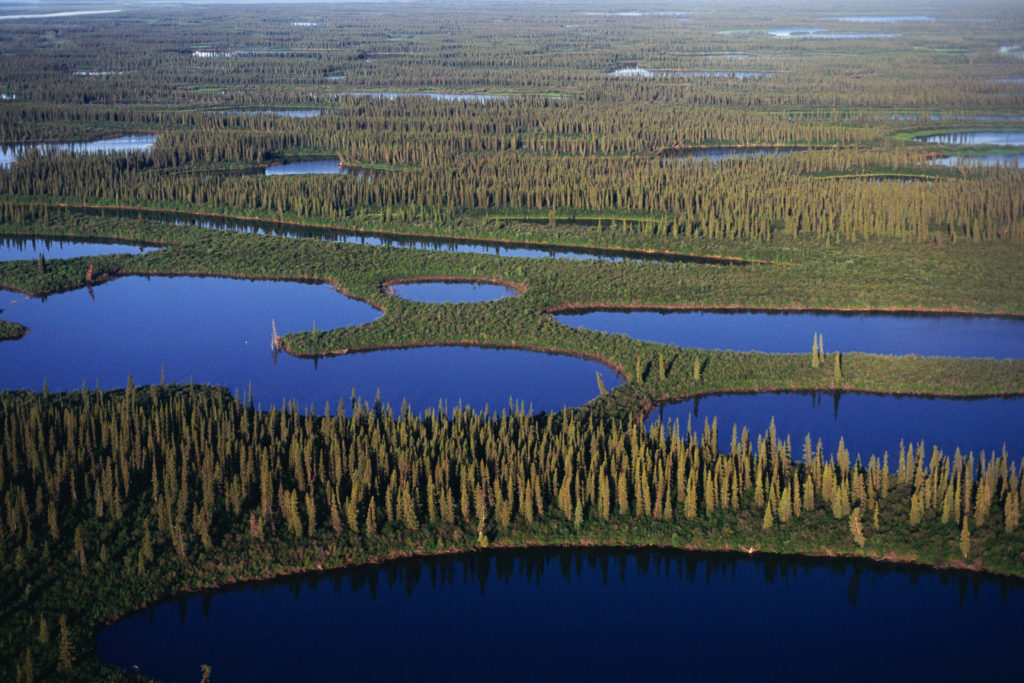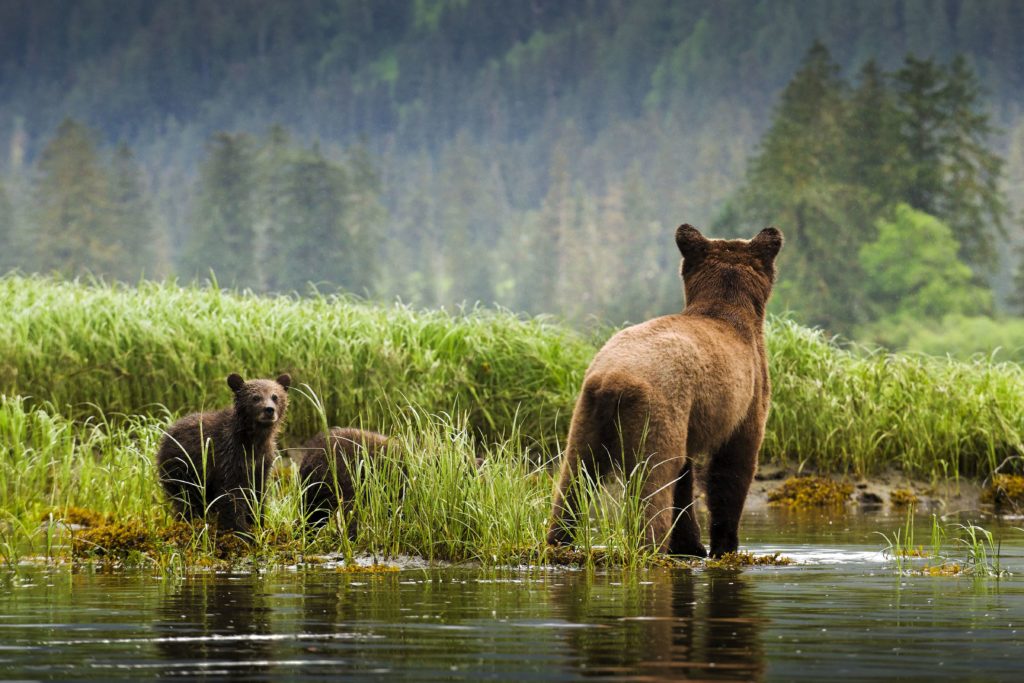The surprising truth about Canada’s protected areas
To protect wildlife, we must protect their homes. But our new Wildlife Protection Assessment reveals Canada does not protect the areas that at-risk species need most.
Wildlife loss and climate change in Canada
In the face of widespread wildlife loss in Canada, our new nation-wide assessment maps historical gaps in essential wildlife habitat protection – for devastated caribou populations in the north and in Newfoundland and Labrador, at-risk bats and snakes in B.C., swift fox in the Prairies, at-risk turtles in Ontario, Quebec, New Brunswick and Nova Scotia, and piping plovers in Prince Edward Island. More than that, this assessment maps opportunities to protect areas that benefit wildlife while sequestering and storing carbon to slow climate change.

Here’s what we found:
- 84 per cent of habitats with high concentrations of at-risk species are either inadequately or completely unprotected.
- 77 per cent of habitats with high densities of soil carbon are inadequately or not at all protected, and
- 74 per cent of habitats with high densities of forest biomass are inadequately or not at all protected.
Widespread habitat fragmentation and loss is a double-whammy for wildlife since vital, natural spaces like forests, peat bogs and soils provide both habitat and an essential service: These natural areas store carbon and if protected, can help keep the climate in balance.

This presents incredible opportunities for reducing wildlife loss and limiting climate change at the same time.
Given the state of wildlife loss in Canada, and the fact Canada is warming at twice the global rate, we need to ask even more of our protected areas. It’s essential we prioritize protection in the spaces wildlife need, and in those areas that will provide nature-based solutions to help us reach our climate change goals.

Though we recognize the valuable role protected areas play in providing important social and cultural benefits, our research focused on assessing Canada’s protected area network with respect to wildlife habitat and climate change. Through that particular lens, we were able to identify national priority hotspots for protection as revealed by our national assessment, and regional hotspots through the provincial and territorial assessments.
As Canada moves to reach international terrestrial and inland waters protected area targets, let’s not focus just on more space. Let’s protect wildlife and fight climate change at the same time.
Let’s put protected areas in the right place.
Explore the assessment and see how protected areas are serving wildlife where you live.

